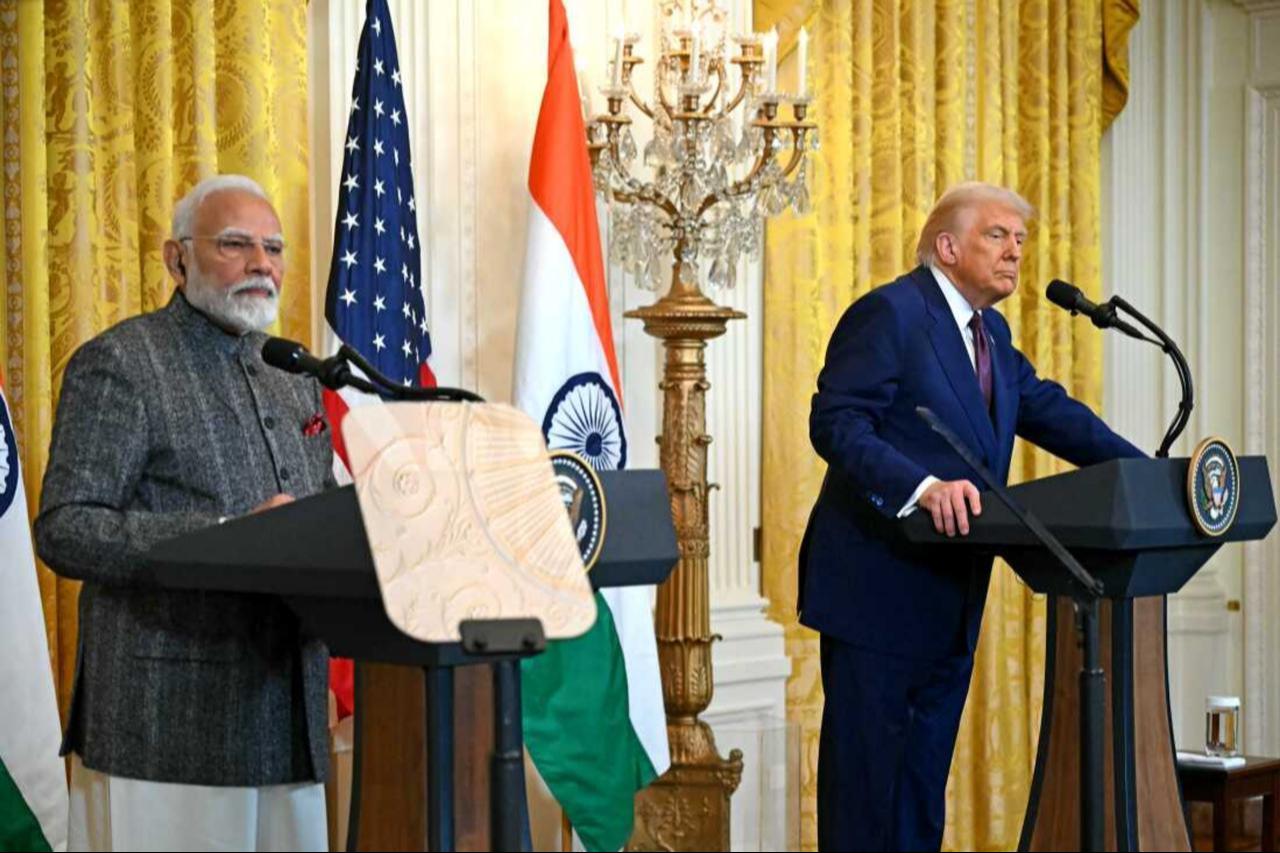
India now operates in a far narrower strategic space than it once did. A decade ago, it mostly reacted to the moves of larger powers; today, it works the space between the United States and China to keep its options open, even as that space steadily contracts. The recent Trump–Xi trade truce, the new U.S. tariff pressure tied to Russian oil purchases, and China’s sharper economic and infrastructural reach across South Asia all push New Delhi to manage this balance with more caution. India still sees openings in this rivalry, but they are tactical rather than structural, and the constraints surrounding them are tighter than at any point in recent years.
Washington continues to call India a strategic partner, yet the relationship now carries as much friction as promise. The United States wants a more visible Indian role in the Indian Ocean, steadier participation in a Quad whose political momentum has become less certain in 2025, and a dependable place for India in supply-chain plans for sensitive technologies after a year of uneven engagement with regional institutions.
New Delhi recognizes the value of these ties. Cooperation provides diplomatic weight, access to advanced technology, and leverage in its dealings with Beijing. But India rejects binding alignments and avoids commitments that could limit its room across Asia, the Gulf, or Europe. Its decision to sustain energy links with Russia and to expand partnerships with the UAE, France, and Japan reflects the same instinct for strategic diversification.
Trump’s second term, however, has made this balance harder to maintain. Tariffs that reached punitive levels on several Indian exports, stricter conditions for high-skilled visas, and Washington’s revived security outreach to Pakistan have reinforced old doubts about the reliability of American commitments. For New Delhi, the message is clear: cooperation with the United States can yield major gains, but Washington does not always recognize India’s red lines or the domestic limits it cannot cross.
India’s ties with China now sit between limited easing and persistent mistrust. The Line of Actual Control (LAC) remains fragile, with unresolved hotspots even though 2025 has brought modest de-escalation through new commanders’ talks, alignment on patrolling protocols, and small adjustments in forward deployments. The shift reflects less a rebound in trust than Beijing’s need for regional stability amid its ongoing economic restructuring.
Economic realities reinforce caution on both sides. Trade has grown again in 2025, and India’s manufacturing plans still rely significantly on Chinese components in electronics, pharmaceuticals, and solar equipment. New Delhi speaks more about diversification than real decoupling; what exists today is limited de-risking rather than strategic separation.
Beijing, meanwhile, expects India to distance itself from Washington’s competition strategy in Asia, to prevent the Quad from drifting into a hard security role, and to remain an active voice in an expanded BRICS. India’s priorities differ. It seeks to keep the border below a war threshold, manage economic exposure without disruption, and curb China’s capacity to pressure it, especially through its growing naval presence in the Arabian Sea.
The result is a controlled, competitive coexistence that moves in deliberate increments rather than dramatic shifts.

India’s strategic room is shaped not only by its choices toward Washington and Beijing but also by shifts unfolding across South Asia. Pakistan remains the most sensitive point of pressure. China treats it as a long-term anchor for its regional strategy, and the second phase of CPEC, accompanied by China’s restructuring of Pakistan’s debt, has deepened political and economic dependency. The Kashmir dispute adds volatility that Washington is reluctant to mediate, while Beijing engages indirectly through its CPEC footprint and other diplomatic means. India absorbs most of the immediate risks on its own.
China’s reach has widened further to the east and south. Bangladesh has expanded port and power-sector cooperation with Chinese lenders, Sri Lanka has granted Beijing additional stakes in the Trincomalee and Mattala projects, and Nepal’s 2025 political turbulence has unfolded with Chinese-aligned parties gaining ground. These governments still try to balance Indian proximity with Chinese capital, but the latest port, energy, and transport deals tilt the field toward Beijing, narrowing India’s influence in its own neighborhood.
For New Delhi, this environment reinforces a familiar pattern. When neighbors lean toward China, India sees greater value in coordination with the United States. And when Washington delivers mixed signals, India lowers the temperature with Beijing and buys time along its periphery, even as structural rivalry persists.
India now moves through an environment where opportunities and constraints advance together. The space between Washington and Beijing still offers room for manoeuvre, but it is narrower and more conditional than at any point in the past decade. Economic ties limit India’s ability to tilt sharply in any direction. Border tensions with China, despite the modest easing of 2025, continue to impose real military and political costs. And Beijing’s deeper reach into Pakistan, Sri Lanka, Bangladesh and Nepal increases the pressure on India’s periphery faster than New Delhi can offset.
Neither Washington nor Beijing provides a stable foundation. U.S. tariff pressure, shifting visa rules and uneven diplomatic engagement complicate the promise of partnership, while China’s tactical calm on the border coexists with long-term regional ambitions, from CPEC’s expansion to new maritime access points along the Arabian Sea.
In this landscape, India’s challenge is not to remain equidistant between two rival powers but to prevent either from defining the limits of its strategic future. Its success will depend on how effectively New Delhi uses narrow openings without overestimating its leverage, and on how steadily it manages risks that neither Washington nor Beijing can be relied on to resolve.